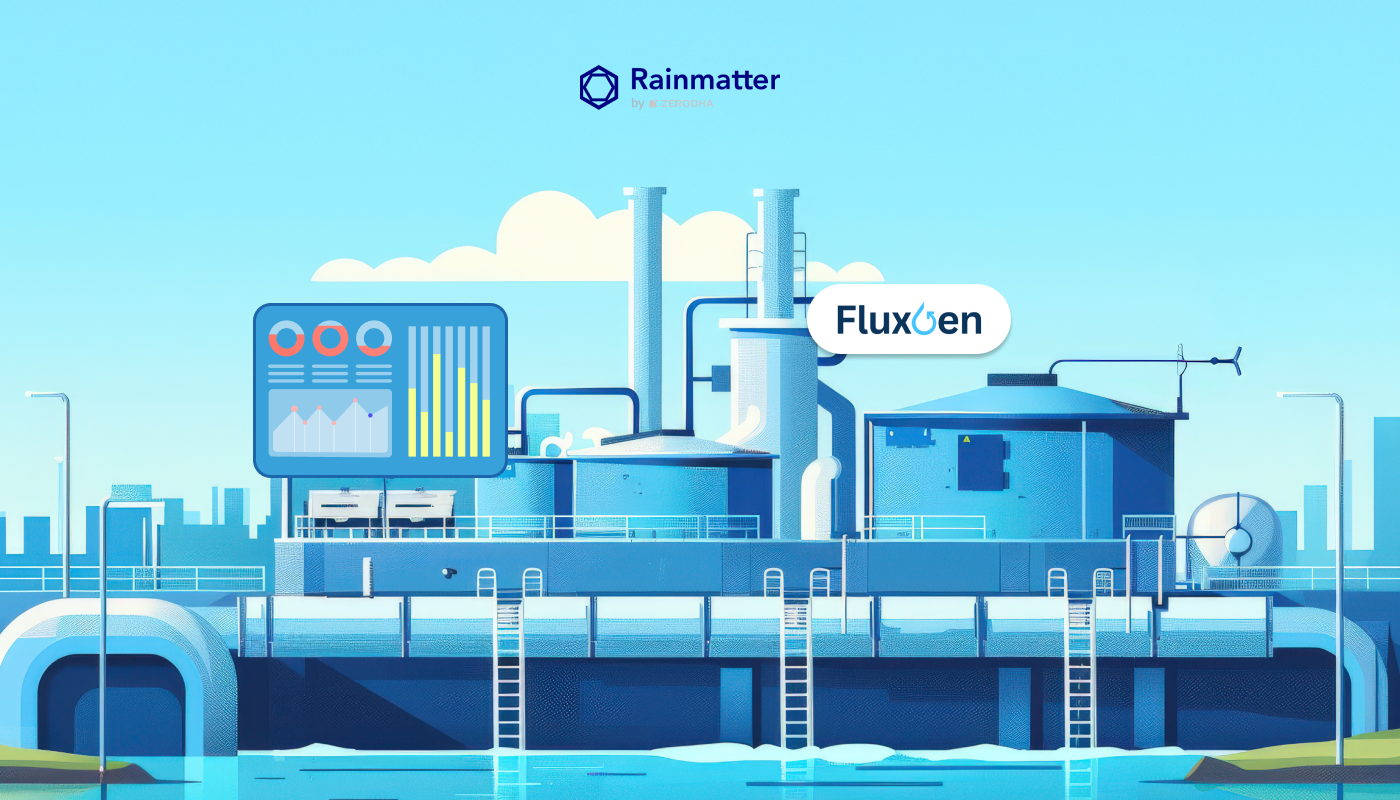
FluxGen: Making water data transparent
India is a water stressed country, inching towards becoming a water scarce one. While forming only 8 percent of current water demand, ‘industry’ is probably the most able to achieve water efficiency. Industry probably has the most incentive to optimise water use because it is aware of the risks it faces, in terms of business continuity, financial and regulatory.
This is the thesis underlying FluxGen’s focus on helping industry to achieve water efficiency through a combination of a data platform and artificial intelligence.
See our conversation here:
Thirsty industries have finally acknowledged the risks
Thermal power plants form the largest industrial users of water in India, while iron and steel make up the highest number of users, according to the Benchmarking Industrial Water Use Efficiency Policy Brief Report by TERI dated February 2024.


In our conversation, Ganesh Shankar shared an anecdote about one of his dairy customers which acutely understood the business continuity risk of beverage companies that are essentially selling water. The customer had to shut down its operations for nearly three weeks during which time its competitors were able to get its market share.
Shankar also shared part of his conversation with a textile manufacturer client who also understood the reputational risks, given the backlash against greenwashing.
Room for efficiency
While it may appear that thermal power plants may have limited room for optimising water usage in cooling, ash handling and steam generation, the benchmarking report found that the ‘specific water consumption’ ranged from 1.9 m3 per MW to 6.5 m3 per MW, showing that individual players within the industry have room to be more efficient.
The following table from the benchmarking report shows the achievable targets –

The report mentions the financial benefits as well.
FluxGen solutions combine data and intelligence
FluxGen powers an end-to-end water management solution called AquaGen for industries, smart cities, and commercial facilities. AquaGen helps in real-time water monitoring, supporting parameters like water level monitoring, water quality monitoring, water pressure monitoring, groundwater level monitoring, water flow diagram creation, and water infrastructure optimization.
It does not manufacture sensors itself; it can integrate data from existing sensors or facilitate the installation of third party sensors.
The menu of services ranges from basic to advanced –

Focus and timing should help scale
FluxGen has been visible, picking up a number of awards as well as being mentioned in the Prime Minister’s podcast. Its focus on a client segment that is willing and able to pay for water optimising at a time when water is dominating headlines should augur well for its scale journey. Rainmatter’s investment will help with marketing & sales efforts, both within India and in the middle east.
FluxGen is also tapping into the water credit space, an example of which is its partnership with Microsoft which funded an optimisation project in the middle of Bengaluru.
We hope FluxGen is able to ride the tailwind to get Indian industry to become water efficient as fast as possible.
